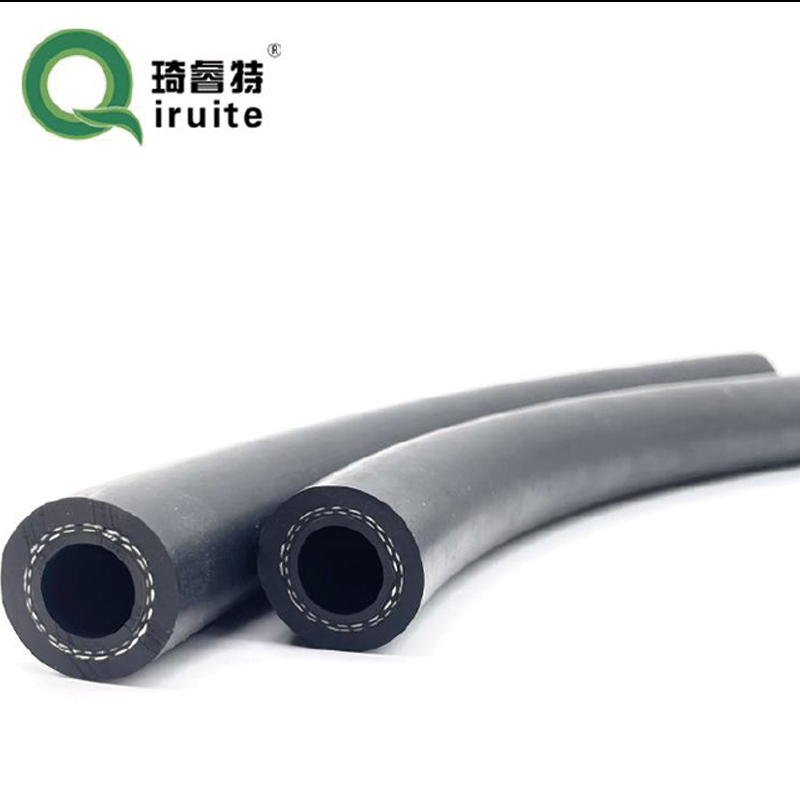Rear Brake Hose Replacement for Enhanced Vehicle Safety and Improved Performance in Your Car
Understanding Brake Hoses A Focus on Rear Brake Hoses
Brake hoses are critical components of a vehicle's braking system, ensuring that the necessary hydraulic pressure is transmitted from the master cylinder to the brakes themselves. Among these, the rear brake hose plays a pivotal role in ensuring the safety and performance of any vehicle. This article will delve into the significance of rear brake hoses, their construction, maintenance, and common issues associated with them.
The Role of Rear Brake Hoses
In a typical vehicle, the braking system comprises several vital parts, including the master cylinder, brake lines, and hoses. The rear brake hose specifically connects the brake caliper or drum to the brake line, allowing for the flow of brake fluid. When the driver presses the brake pedal, hydraulic pressure is created in the master cylinder, pushing the brake fluid through the lines and into the rear brake calipers or wheel cylinders. This action engages the brakes, allowing the vehicle to slow down or stop.
The rear brake hose is crucial since it must withstand high pressures and the rigors of constant movement and environmental exposure. Its flexibility allows it to accommodate suspension movements, ensuring that the braking system remains functional even as the vehicle traverses bumps or turns.
Construction of Rear Brake Hoses
Brake hoses are typically made from reinforced rubber or synthetic materials that can handle pressure and resist deterioration. Modern brake hoses often feature a multi-layer design an inner layer that holds the brake fluid, a reinforcing layer for added strength, and an outer layer that protects against abrasion and environmental factors. The combination of these materials helps ensure reliability and longevity under various conditions.
Additionally, some rear brake hoses come with built-in features, such as anti-abrasion covers or corrosion-resistant fittings, further enhancing their durability. Proper installation is critical, as hoses must be securely fastened and routed to prevent rubbing against other components, which can lead to wear and failure.
brake hose rear

Maintenance of Rear Brake Hoses
Regular maintenance of brake hoses, including the rear brake hose, is essential for vehicle safety. Drivers should inspect their brake hoses periodically for any signs of wear, such as cracks, bulges, or leaks. Over time, exposure to extreme temperatures, road salt, and other chemicals can break down the hose material, compromising its integrity.
Replacing a worn or damaged rear brake hose is a straightforward but necessary process. Mechanics often recommend replacing brake hoses every four to six years, regardless of appearance, to prevent potential failures. It’s also important to bleed the brake system after replacing a brake hose to remove air bubbles and ensure optimal brake performance.
Common Issues with Rear Brake Hoses
One of the most common problems associated with rear brake hoses is hydraulic fluid leaks, which can occur due to physical damage or degradation over time. A leaking brake hose can lead to a loss of brake fluid, resulting in diminished braking capacity and potential accidents. Signs of a leak may include a spongy brake pedal or a visible puddle of fluid beneath the vehicle.
Additionally, if a brake hose becomes kinked or pinched, it may impede the flow of brake fluid, leading to uneven braking or brake failure. It’s essential to address any unusual braking behavior promptly, as it may indicate a problem with the rear brake hose.
Conclusion
In summary, rear brake hoses are crucial for a safe and efficient braking system. Understanding their function, construction, and the importance of maintenance can help vehicle owners ensure their vehicles remain safe and reliable on the road. Regular inspections and timely replacements are essential steps in maintaining overall brake health, making it imperative for drivers to remain vigilant about this often-overlooked component of their vehicles.
-
Ultimate Spiral Protection for Hoses & CablesNewsJun.26,2025
-
The Ultimate Quick-Connect Solutions for Every NeedNewsJun.26,2025
-
SAE J1401 Brake Hose: Reliable Choice for Safe BrakingNewsJun.26,2025
-
Reliable J2064 A/C Hoses for Real-World Cooling NeedsNewsJun.26,2025
-
Heavy-Duty Sewer Jetting Hoses Built to LastNewsJun.26,2025
-
Fix Power Steering Tube Leaks Fast – Durable & Affordable SolutionNewsJun.26,2025

